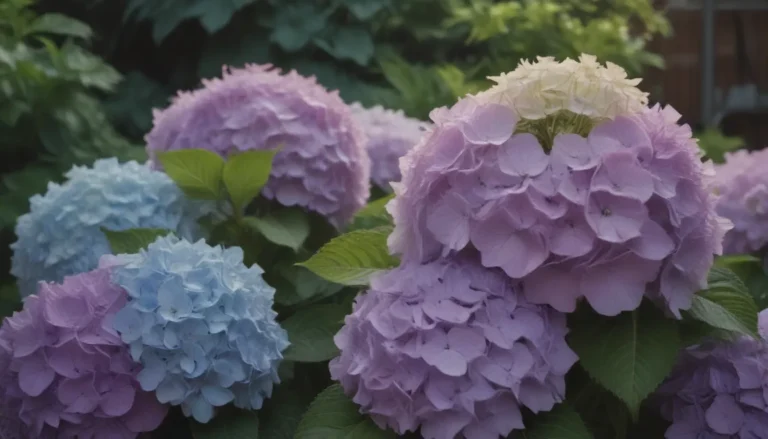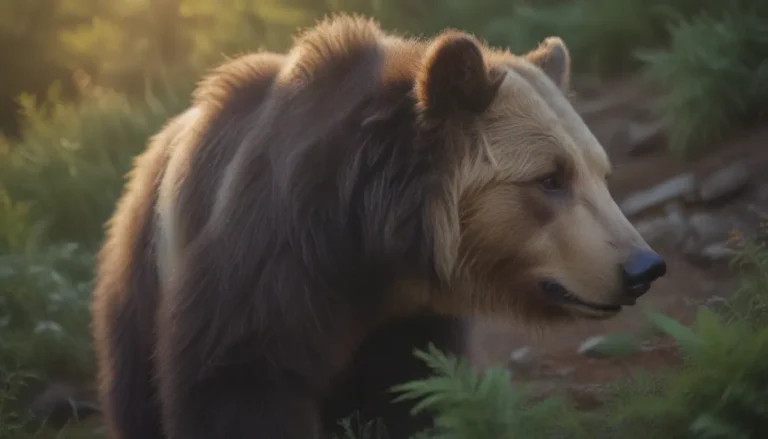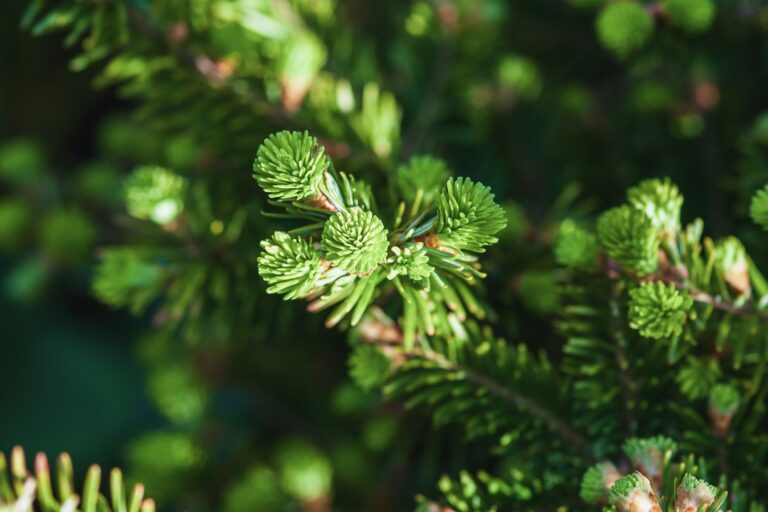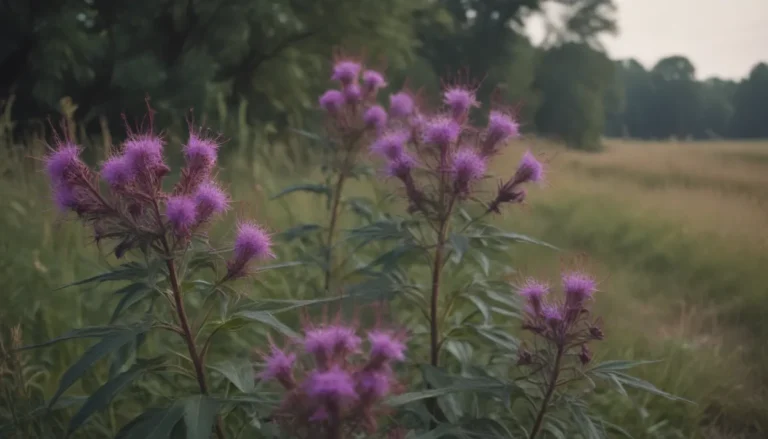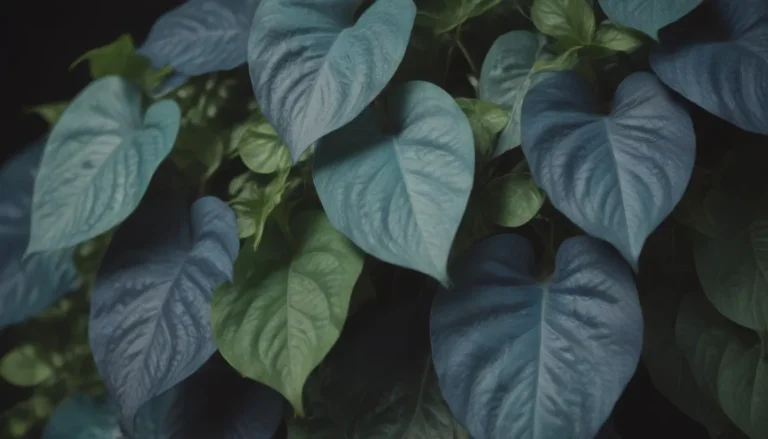A Comprehensive Guide to Growing and Caring for Nellie R. Stevens Holly Shrubs
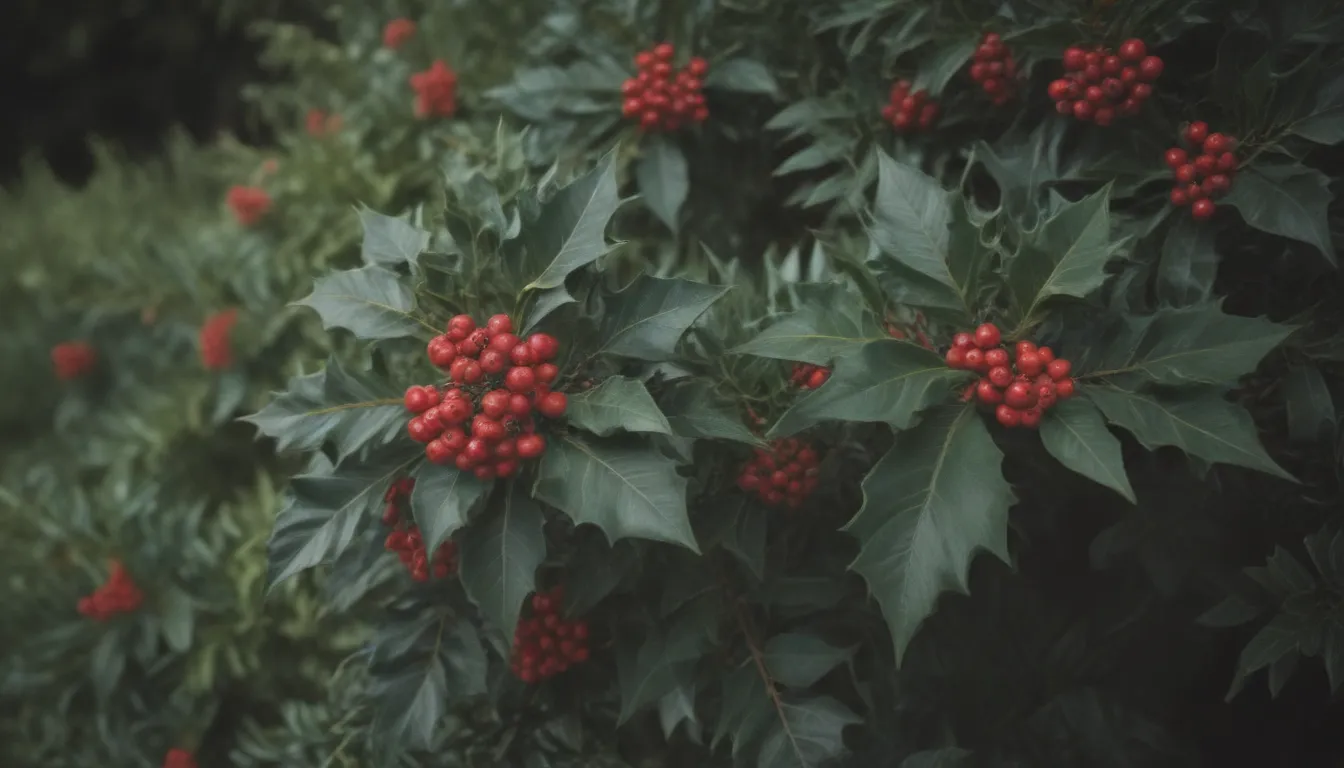
Are you looking to add a touch of greenery and festive red berries to your garden? Look no further than the Nellie R. Stevens holly shrub! This beautiful broadleaf evergreen plant resembles a Christmas tree with its spiny, dark green leaves and round red berries. If you’re interested in cultivating these stunning shrubs, here’s everything you need to know to ensure they thrive in your garden.
Introduction to Nellie R. Stevens Holly
Nellie R. Stevens holly is a popular choice for gardeners in warmer climates, particularly in the southern United States. These shrubs are known for their resilience and ability to withstand a variety of growing conditions. Here are some key points to keep in mind when caring for Nellie R. Stevens holly:
Light
- Nellie R. Stevens holly thrives in full sun to partial shade. Make sure to plant it in a location that receives adequate sunlight throughout the day.
Soil
- This hybrid plant prefers well-draining, slightly acidic soil. Ensure that the soil provides proper drainage to prevent issues like root rot.
Water
- Water your Nellie R. Stevens holly shrub 1 to 2 inches per week, but avoid overwatering. These shrubs can tolerate drought conditions, so be mindful of your watering schedule.
Temperature and Humidity
- Nellie R. Stevens holly is best suited for USDA plant hardiness zones 6-9. While it thrives in warm weather, it can also tolerate frost conditions. If you live in a colder climate, consider planting a hardier variety like Ilex opaca ‘Mac’s Prince.’
Fertilizer
- Feed your Nellie R. Stevens holly in the spring with a slow-release 10-10-10 fertilizer to promote healthy growth.
Care and Maintenance Tips
Taking care of your Nellie R. Stevens holly shrub involves a few essential tasks to ensure its health and vitality. Here are some tips for maintaining your holly plant:
Pruning
- Prune your Nellie R. Stevens holly in mid-to-late fall or early spring to maintain its shape. You can also prune lower branches to create a more tree-like appearance.
Propagation
- Propagate Nellie R. Stevens holly using semi-ripe cuttings gathered in the summer or early fall. This method is an effective way to expand your holly shrub collection.
Overwintering
- While Nellie R. Stevens holly is cold-hardy, protect it from extreme temperatures by covering it with materials like burlap. This extra layer of insulation will safeguard the plant’s leaves from frost damage.
Common Pests and Plant Diseases
- Keep an eye out for pests like scale, spider mites, and whitefly, as well as specialized leaf miners that may target holly plants. Treat infestations with organic neem oil to protect your Nellie R. Stevens holly from damage. Additionally, watch for signs of root rot, canker, and chlorosis, and take necessary steps to address these issues promptly.
Encouraging Bloom in Nellie R. Stevens Holly
Who wouldn’t want to see their Nellie R. Stevens holly shrub adorned with beautiful white flowers and red berries? Here’s how you can encourage blooming in your holly plant:
Bloom Months
- Nellie R. Stevens holly typically blooms in the spring, although it may take a few years for the plant to reach maturity and produce flowers.
How to Encourage Bloom
- Maintain moist, acidic soil to promote blooming in your Nellie R. Stevens holly. Ensure proper sunlight exposure and protect the plant from harsh environmental conditions to encourage healthy growth and abundant blooms.
Troubleshooting Common Issues
While Nellie R. Stevens holly is a relatively low-maintenance plant, you may encounter a few challenges along the way. Here are some common problems to watch out for:
No Berries
- If your Nellie R. Stevens holly isn’t producing berries, consider adding a male counterpart like Ilex x ‘Edward J. Stevens’ to enhance fruit production. While Nellie R. Stevens holly is partially “parthenocarpic” and can produce fruit without a male plant, having a male nearby can increase berry production.
Yellowing Leaves
- Yellowing leaves may indicate chlorosis, a condition caused by iron deficiency. Adjust your watering practices and improve soil drainage to address this issue and restore your holly plant’s health.
Browning Leaves
- Browning leaves may be a sign of canker disease affecting your holly shrub. Prune affected areas promptly to prevent the spread of the disease and preserve the plant’s overall health.
No Blooms
- Be patient with your Nellie R. Stevens holly as it may take three to five years to bloom. Keep the plant healthy and well-maintained to encourage blooming and enjoy the beauty of its tiny, white flowers.
In conclusion, Nellie R. Stevens holly shrubs are a fantastic addition to any garden, offering year-round beauty and resilience in various growing conditions. By following these care guidelines and troubleshooting tips, you can ensure that your Nellie R. Stevens holly thrives and flourishes in your outdoor space. Happy gardening!
